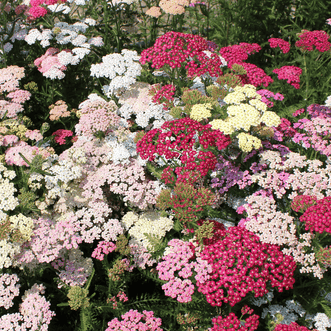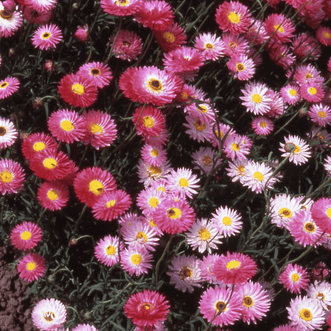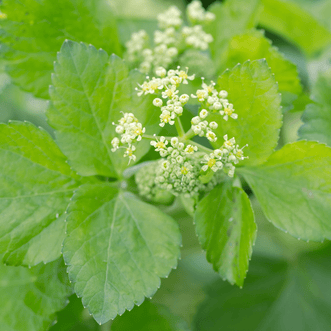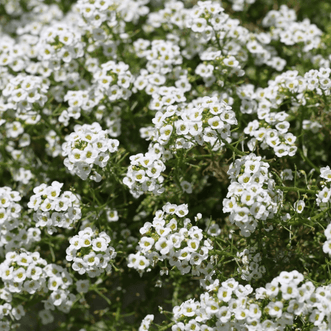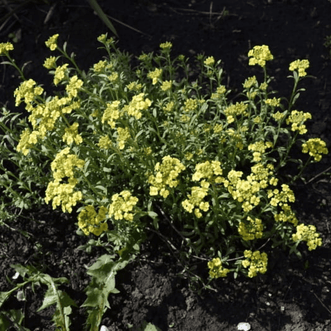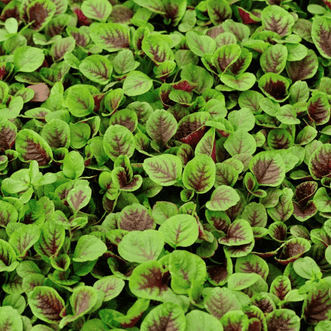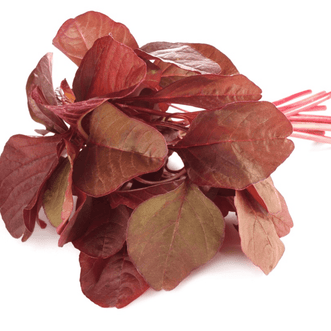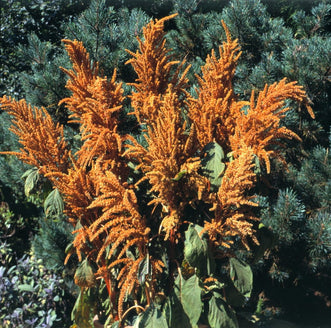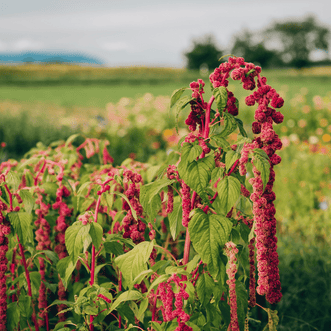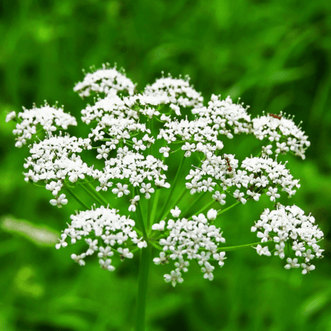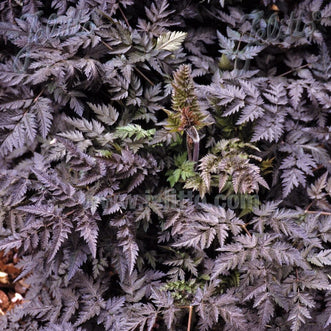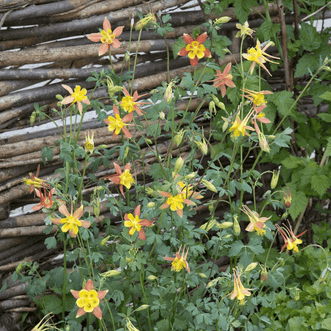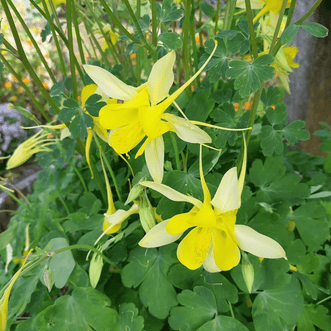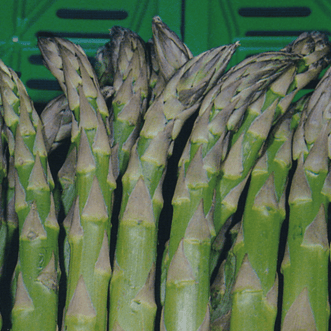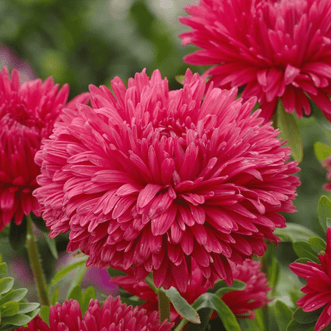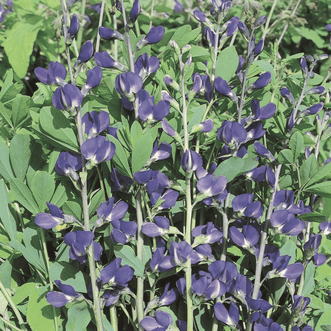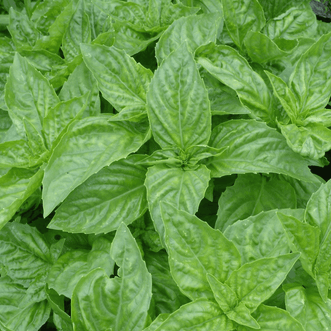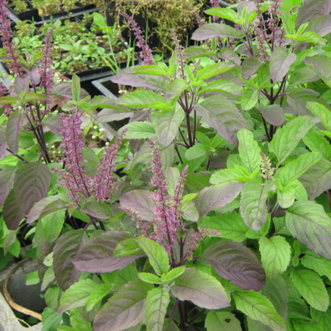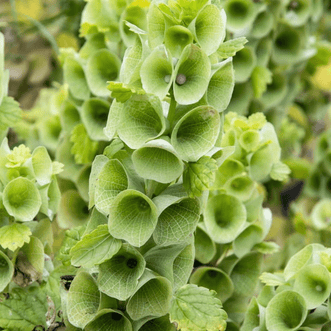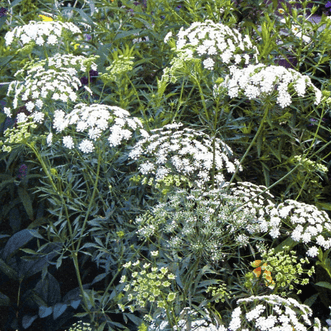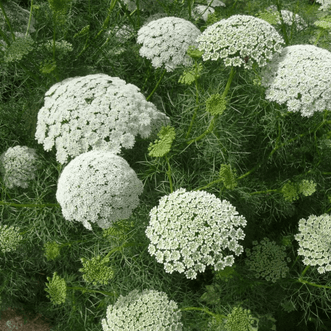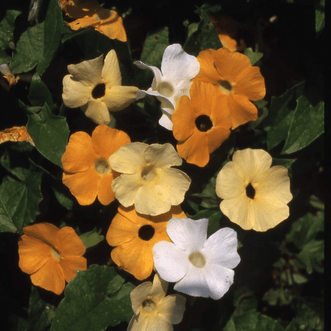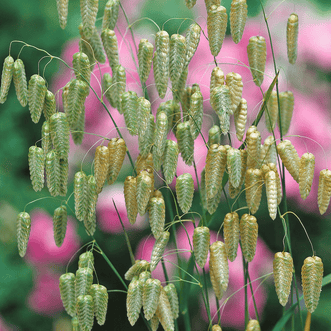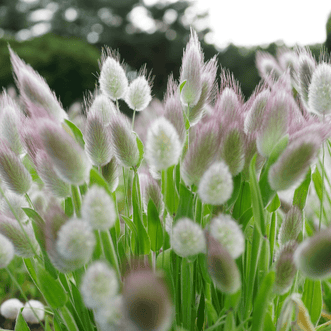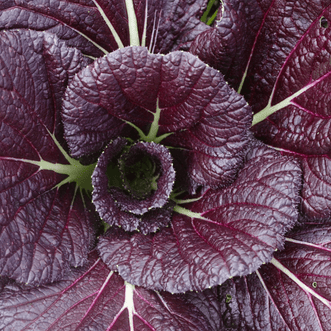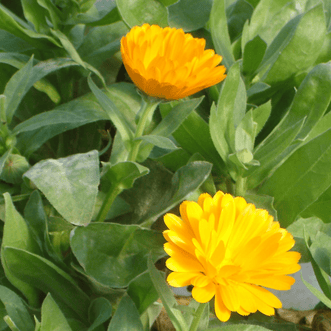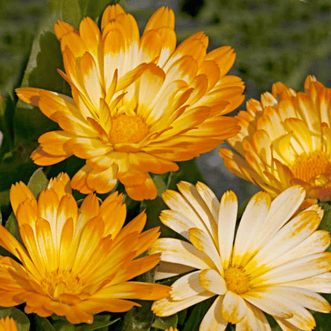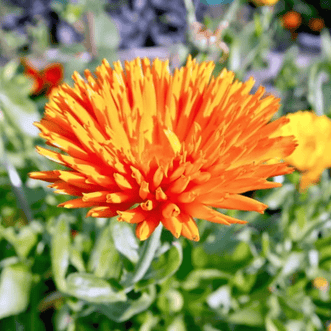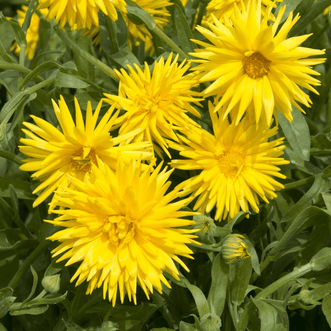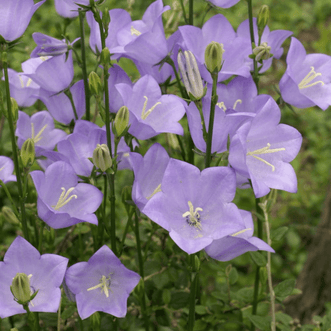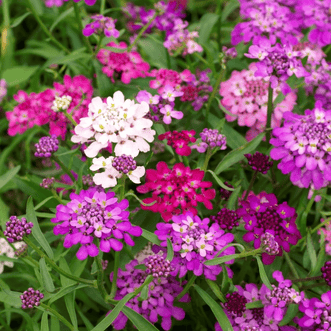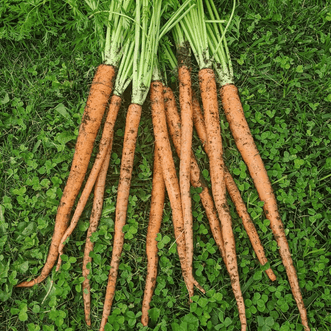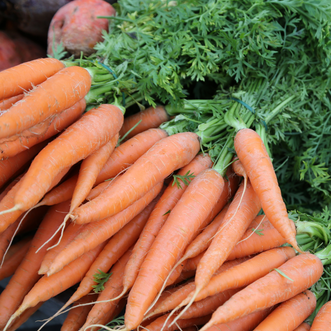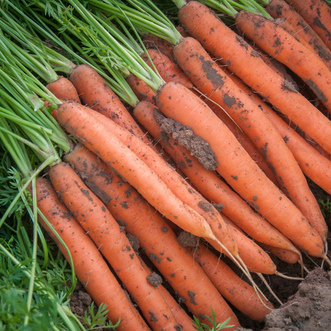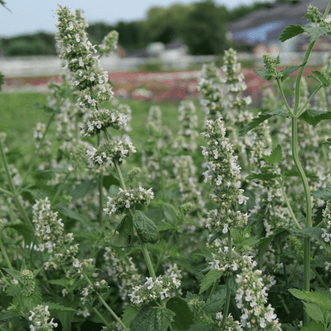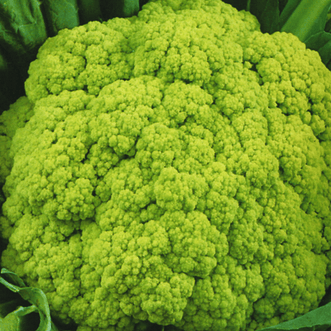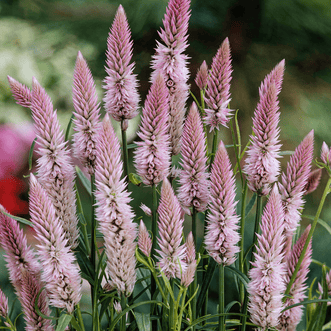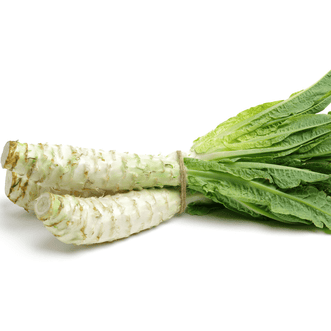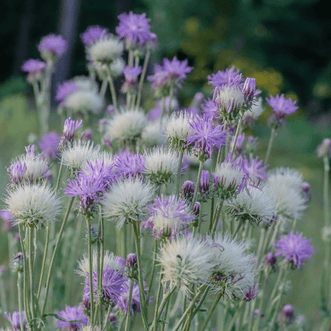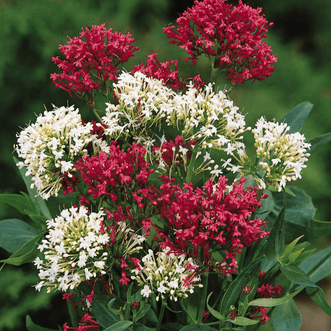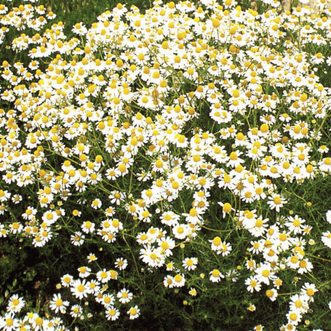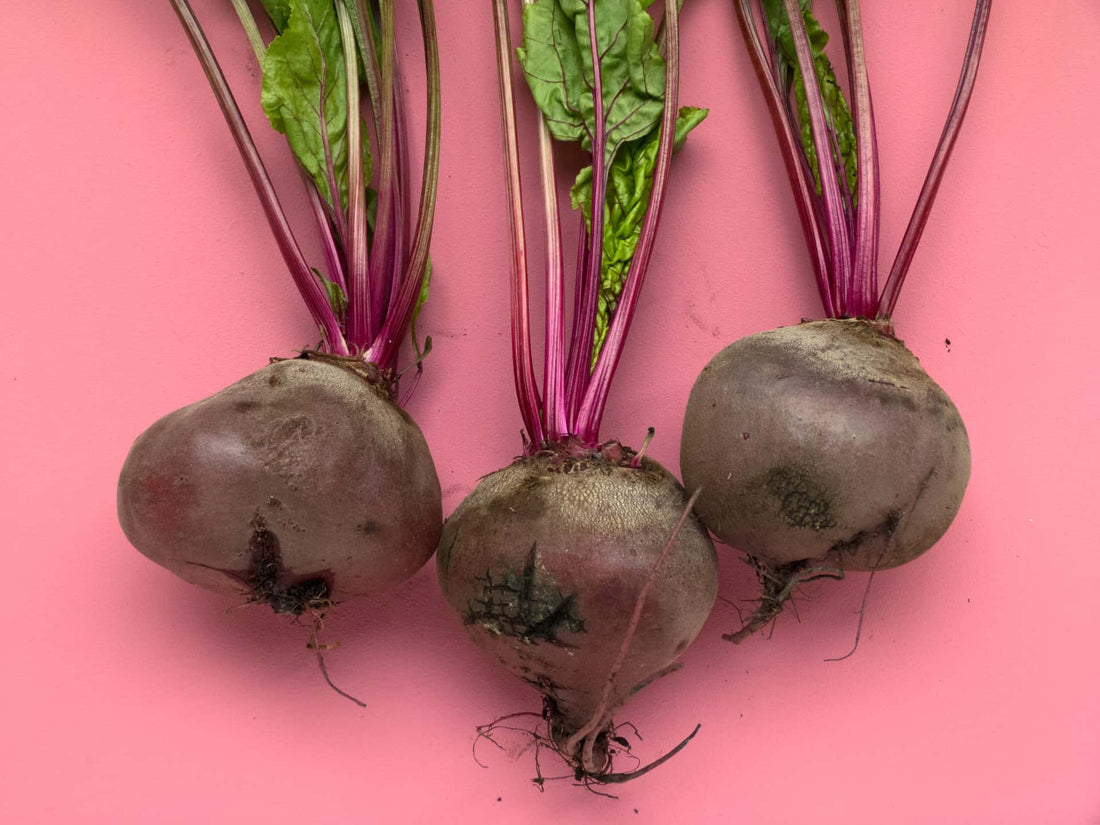
Guide to Growing Beetroot
GerardBeetroot is a crop that can be sown and grown in most parts of the country most of the year round, except for when the ground temperature is below 8 degrees C. Ideally a temperature range of 12 to 25 degrees C is preferable as is humus rich free draining sandy soil with a pH over 6 to be sowing into the ground. Sow seed 1 cm deep, so it's only lightly covered, and expect to see the first cotyledon leaves to emerge within a week.

As Beetroot seed typically contains a cluster of 2 to 4 embryos a clump of seedlings is likely to emerge from each seed sown, which need to be thinned once big enough and transplanted out to 7 cm apart.
Commercial growers sometimes use seed that’s been rubbed or decorticated to reduce the number of embryos to one per seed, thus avoiding the need to thin their crop.
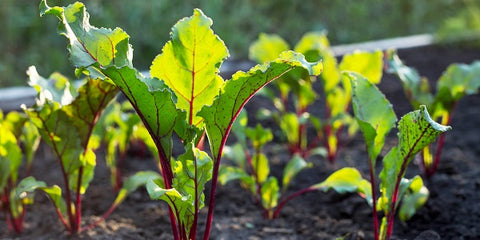
Beetroot seedlings transplant relatively easily, just wait until they have grown their first true leaf, which will indicate there is a reasonable size of root forming underneath. Transplanting seedlings is best done during a cool part of the day and watered in afterwards to avoid any transplant shock. Beetroot are very quick to mature, taking as little as 60 days from direct sowing to harvesting, slightly longer if you prefer bigger bulbs. If transplanting, you can take 2 - 3 weeks off this maturity date.
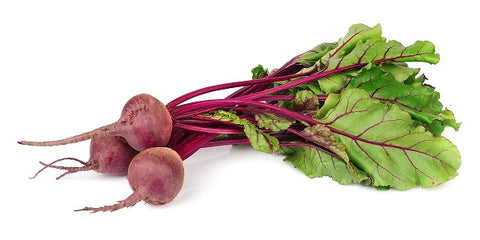
Keep soil evenly moist to avoid the skin at the top of the beet developing scab, a rough browning of the skin where it's exposed to the air above ground level. This will also help to improve the quality of the beet with less internal browning and breakdown of the root. For a continuous supply through the growing season, sow a short row of seeds every fortnight and then a longer row in autumn that can be lifted and stored for winter consumption.
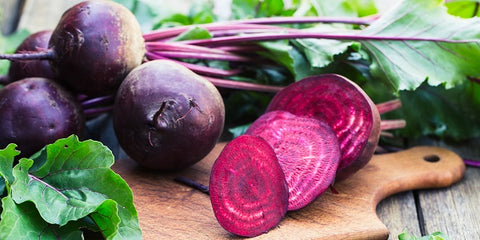
They’re a relatively easy crop to grow with just a few pests and diseases to be mindful of, slugs and snails will chew your seedlings, but these can be controlled and fungi like Powdery Mildew and Cercospora can damage the leaves. Regular rotation of the ground will certainly be a good preventative measure, as is good airflow through the garden.
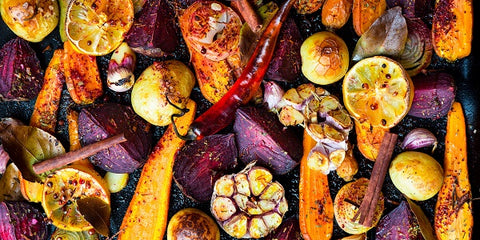
Harvested Beetroot can store well, just cut the leaves back to short stumps, rub off most of the garden dirt and keep them in a cool dry place out of direct sunlight like you would with other root crops like potatoes.
My favourite beet is the Beetroot Golden Detroit, it has a sweet flavour with less of an earthy taste than red beets and gives a nice bright colour to the mixed roast vegetable platter. YUM!

